July 5 (Lunar calendar: May 18), 2023 Wednesday | Dawnxisoul393art
《Sunset Glow in Tai O》, painted by dawnxisoul393
Today is another day of excellent weather since autumn, it is clear and crisp, our family went to Tai O to sketch and paint pictures. We took a bus from Mui Wo early in the morning, it took us about 45 minutes. When we got to Tung Chung, we changed to a bus, it took us about 50 minutes to reach Tai o. Tai O is located in the western part of Lantau Island, New Territories, Hong Kong. It is the most famous existing fishing village in Hong Kong. Some of the villages are located on Tai O island. Tai O has a unique style of water town, so it is known as "Venice of the East". In 2006, Tai O was awarded a seventh place in the "Top Ten Scenic Spots of Hong Kong" by the Friends of Hong Kong Country Parks, Lions Clubs International, Hong Kong and Macau District 303, and the Agriculture, Fisheries, and Conservation Department. Tai O fishing port is the earliest developed fishing village in Hong Kong. Tai O Fishing Harbour was the first fishing village to be developed in Hong Kong. Tai O Fishing Harbour was the first fishing village to be developed in Hong Kong. The longitudinal waterways and the water huts have become the unique water village sentiment of the place.
Tai O is located in the east of the Pearl River Estuary, the western border of Hong Kong, and the vast Lingding ocean between Tai O and Macao. Lingdingyang was once an ideal fishing ground, famous for producing yellow croakers. In the early 1950s, the fishing industry in Tai O flourished, with more than 500 fishing boats. Later, the mechanization of the fishery was promoted, and the number of fishing boats increased rapidly. However, with the decline of yellow croaker production in the nearby waters, the overall fishery in Tai O began to decline by the end of the 1950s. The opening of the Hong Kong Zhuhai Macao Bridge is good news for the development of tourism in Tai o. There are more than 2000 residents in Tai O, mainly Hakka. Tai O was once a major fishing port and garrison town in Hong Kong. It was also an important place for the fishing and salt industry in the past century. Today, there is no garrison in Tai O, but a quiet and comfortable small fishing village. In the past, it relied on cross-water ferry links, and residents shuttled back and forth in small boats.
In the early days, villagers used the "rope bridge" to cross the river, that "rope bridge" bridge has nearly 100 years of history, has been replaced by a new suspension bridge across the river. Today, Tai O fishing village is still full of water style. A thousand years ago, during the Song Dynasty, salt production in Tai O was already on a large scale. In terms of fisheries, Tai O was once the main base for the supply of marine fish in Hong Kong. In recent hundreds of years, it has been the most prosperous harbor in the Pearl River Estuary. The first time the Spaniards arrived in Hong Kong was when they landed at a village in Tai O to get water and repair their ships. The quaint look of the fishing village in the early days of Hong Kong's opening is still preserved in Tai O. Nowadays, the customs of the early inhabitants' life and the living characteristics of living in shacks can still be found here.
There are many temples in Tai O, including Tin Hau Ancient Temple, Kwan Tai Ancient Temple, Guanyin Ancient Temple, Yeung Hau Ancient Temple, and Hung Shing Ancient Temple. Kwan Tai Ancient Temple has been standing steadily in the village since the Ming Dynasty,a bronze bell cast in 1739 is placed in the temple, and the roof is decorated with exquisite pottery. Yang Xiao Ancient Temple was built in the Kangxi period of the Qing Dynasty to commemorate Yang Liangjie, a famous official of the Southern Song Dynasty. A few years ago, when we came to Tai O, it was the birthday of Yang Hau, people built a theatre opposite the Ancient Yang Hau Temple and performed operas. There was also a temporary bamboo bridge, which was hung with flags to connect the theatre with the temple. Walk along Tai O Street to Guanyin Ancient Temple. Guanyin Ancient Temple has a history of 80 years, and its architectural style imitates the summer palace in Beijing. Guanyin is a kind and compassionate Bodhisattva, respected by many Asians. Turn right at the end of Tai O Market Street and we found the Ancient Guan Di Temple. The Ancient Guan Di Temple was built in the Hongzhi period of the Ming Dynasty (1488-1505) and worships Guan Di who represents "loyalty" and "strategy". In real life, Guan Di is best known for his loyalty, filial piety, and righteousness. A stone tablet, erected in 1902, marked the boundary between China and Hong Kong. It is also one of the two existing stone tablets on Lantau Island.
Tai O fishing village, let us feel the existing ancient customs in Hong Kong. In Tai O, we still have the opportunity to see the simple life of the original residents. The bridge in Tai O, which was only for people to walk, made us sigh that there was such a long footbridge in Tai O. The bridge, together with the blue sky and white clouds, is very imposing. There were many people fishing on the bridge. It was so comfortable and emotional to have breakfast in a place with sunshine. There were many delicious local specialty food shops and restaurants on the streets. "Small kitchen restaurant" provided salted and fresh shrimp, dried lotus leaf rice, charcoal roast goose and cuttlefish cake, which makes people fall in love at first sight, "Charcoal dried seafood restaurant" provided roast squid, roast shrimp, roast mackerel, etc., they were instant roast seafood, crisp and delicious.
"Tofu soup shop", in hot weather, a bowl of frozen "tofu soup" was indispensable to relieve heat and stagnation. At present, there are more than 100 shops in Tai O, most of which are fish products shops. Along Yong'an street and Taiping Street, a unique smell of fishy and salty came to our faces. Dried fish hanging in front of the store and shrimp sauce placed on the stalls have become popular Tai O specialties for tourists. Founded in 2000, the Tai O Cultural Museum is the first Folk Museum in Hong Kong established by the Tai O Cultural Studio. Tai O Heritage Hotel: it was rebuilt from the old Tai O Police Station. The hotel retained the facilities and objects of the police station, including several forts. In addition, the reception was the detention room and the room behind the iron gate. It was used to put luggage and display souvenirs.
The top floor of the Tai O Heritage Hotel was a glass-roofed restaurant "Tai O Lockout", which is shaped like a greenhouse. Tai O has natural beauty and unique folk culture. Shacks are the symbol of Tai O and the crystallization of the wisdom of fishermen in the 18th-19th century. Before the 1980s, there were 10 shantytowns in Tai O, and a serious fire destroyed some of the shantytowns. Some residents were unwilling to give up their original homes and rebuilt them in situ. At 2:30 a.m. on July 2, 2000, the fire destroyed more than 100 huts. The fire burned for five or six hours that day, and finally, there were only some wooden piles standing on the beach. In the past, when the tide was high, fishing boats could dock next to huts. Each hut was a wharf and a place for supply and maintenance.
The Hong Kong film "Floating City" tells the legendary story of an ordinary Hong Kong fisherman who grows up to be a socialite. The characters in the film are also a depiction of the past life of the people of Tai O: a family living on a fishing boat, drifting on the vast ocean. Looking down from the Tai O footbridge, we saw three or two small speedboats docked on the shore. There were dozens of seats neatly placed on the speedboats. These small speedboats were designed for tourists to visit the "Hong Kong-Zhuhai-Macao Bridge" and the white dolphins. Some fishermen have now become tour guides. Some Tai O fishermen have set up their own passenger's transport company, converting their fishing boats into more than 20 tourist speedboats and seeking transformation.
Our task today was mainly sketching and painting. On the other hand, Little Dawnxi is too small to ride on a speedboat, so we decided to take her on a speedboat to see Chinese white dolphins when she is a little older. Our next task was sketching: Tai O fishing villages with blue sky and white clouds and beautiful natural sceneries. The focus of our drawing: huts on the water, villagers' life, ancient temples, fishing boats, old buildings, various animals including crabs, egrets, seagulls, cats, lizards, etc. We discussed that when Little Dawnxi is big enough to climb a mountain, we would also like to climb "Tiger Mountain" in Tai O with her and watch the sunrise from the "Tiger Mountain" observation deck. Today, while sketching and painting in Tai O, we again enjoyed the beautiful mangroves, egrets, and seagulls flying in the sky.






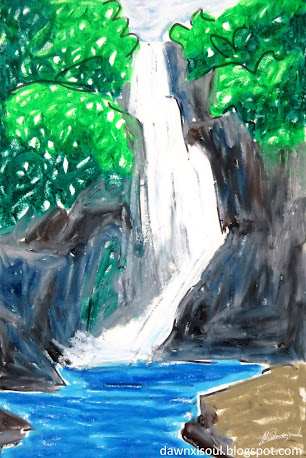
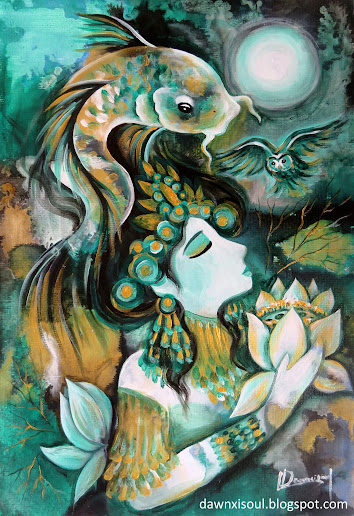

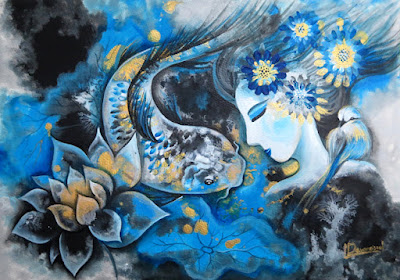
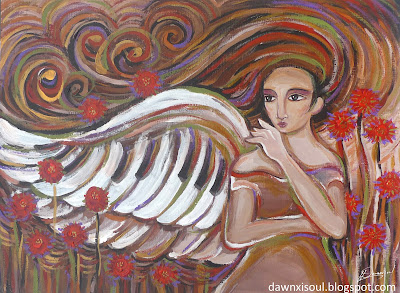
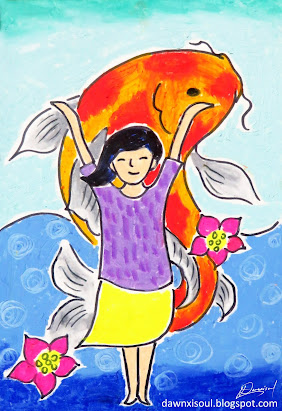


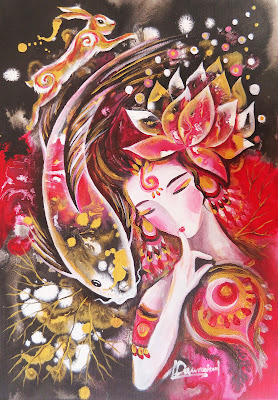
Comments
Post a Comment